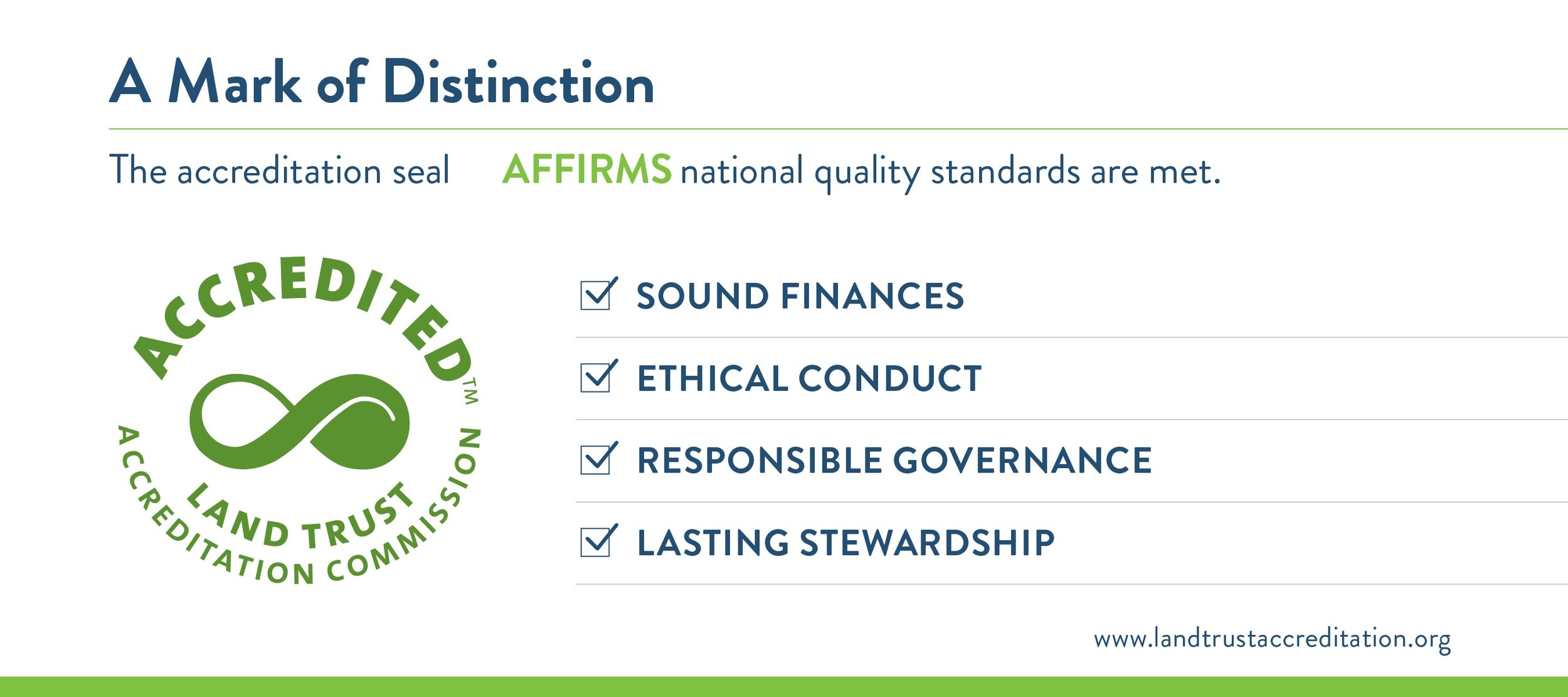Have you ever found yourself standing under the glossy green leaves and dainty white berries of mistletoe during the holidays and wondered why this plant is associated with the love-inducing tradition of stealing a smooch? The tradition dates back to the 18th century, with ties going even further back to a romance-infused legend of Greek mythology. Thousands of mistletoe species can be found around the world, but the one that takes up residence in Kentucky, the American mistletoe (Phoradendron serotinum), is the only one found in the U.S. What’s beautiful about this plant—as with all things in nature—is it’s interconnectedness with its environment, perhaps harking back to that kissing tradition.
As a hemiparasitic plant, meaning it requires a host plant to live but can support itself through photosynthesis, it has a special relationship with the tree to which it attaches. The mistletoe has specialized roots, which it uses to tap into the tree’s xylem, the tissues it uses to transport water and nutrients from its roots to its stem and leaves. Usually you can find these 2- to 3-foot-round balls high in the treetops of walnuts, though it can pair up with more than 100 host trees, particularly those with softer barks. While in small amounts, mistletoe rarely causes harm to a tree, it can be detrimental if an infestation occurs.
But what the mistletoe takes from its host, it gives to fauna around it. Berries appear on 3- to 5-year-old female plants and provide food for a host of birds, including mourning doves, bluebirds and robins. And incredibly, American mistletoe is the sole host plant for the rare Great Purple Hairstreak butterfly, which can be found in Kentucky.
Look past your doorways as you search for mistletoe this holiday season. Take a hike around a local forest, or join WWLT’s West 6th Farm Hiking Club to spot it on the trails. It’s evergreen spheres might just be towering above you, inviting a kiss from your sweet.



